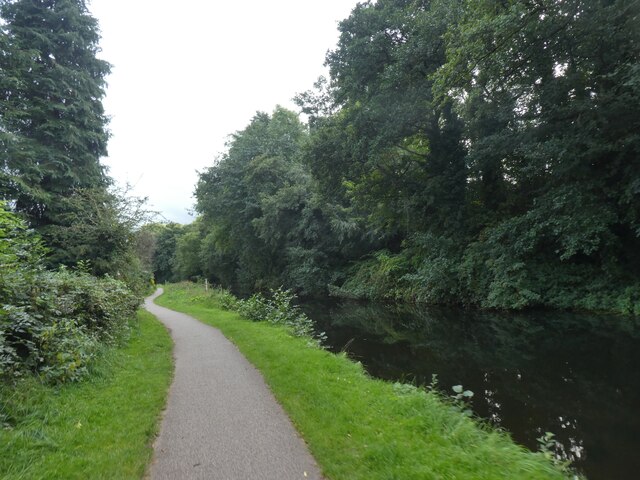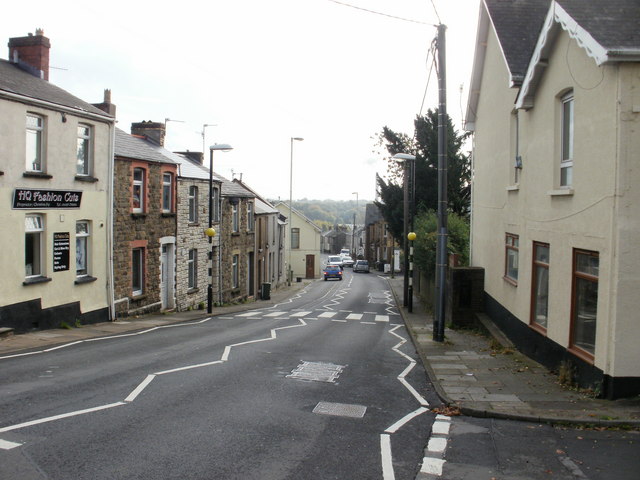Cwrdy Wood
Wood, Forest in Monmouthshire
Wales
Cwrdy Wood

The requested URL returned error: 429 Too Many Requests
If you have any feedback on the listing, please let us know in the comments section below.
Cwrdy Wood Images
Images are sourced within 2km of 51.681143/-3.0353974 or Grid Reference ST2898. Thanks to Geograph Open Source API. All images are credited.










Cwrdy Wood is located at Grid Ref: ST2898 (Lat: 51.681143, Lng: -3.0353974)
Unitary Authority: Torfaen
Police Authority: Gwent
What 3 Words
///handy.bucket.river. Near New Inn, Torfaen
Nearby Locations
Related Wikis
St Hilda's Church, Griffithstown
St Hilda's Church is the Church in Wales (Anglican) parish church of Griffithstown in Torfaen in south-east Wales. The church stands on the corner of Kemys...
Griffithstown
Griffithstown is a large suburb of Pontypool in the borough of Torfaen, Wales, within the historic boundaries of Monmouthshire. It is an ecclesiastical...
Sebastopol, Torfaen
Sebastopol is the southernmost suburb of Pontypool in the county borough of Torfaen, within the historic boundaries of Monmouthshire in South Wales. It...
Panteg and Griffithstown railway station
Panteg and Griffithstown railway station was a railway station which served Griffithstown near Pontypool in Torfaen, South Wales, UK. == History == The...
Nearby Amenities
Located within 500m of 51.681143,-3.0353974Have you been to Cwrdy Wood?
Leave your review of Cwrdy Wood below (or comments, questions and feedback).









